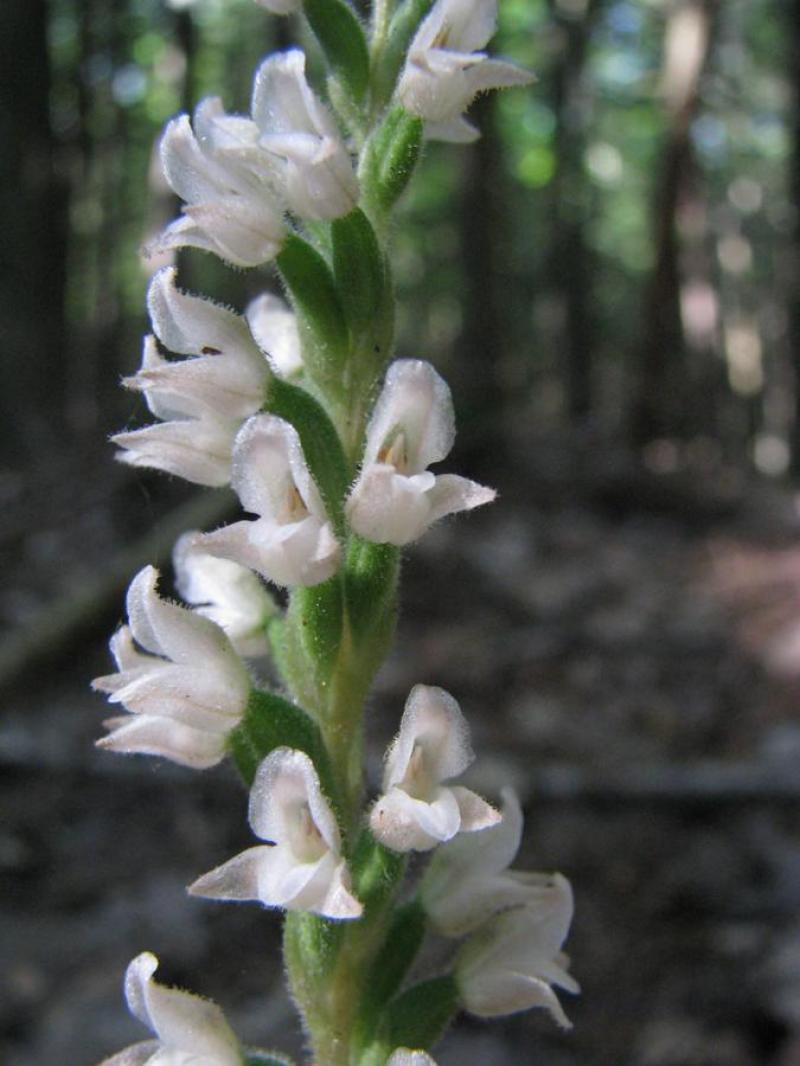Goodyera tesselata
Also known as: The Tesselate Goodyera Checkered Rattlesnake Orchid or Orchiodes tesselatum Goodyera repens var. tesselata in the subfamily: Spiranthoideae
Native to: Colorado - United States Florida - United States Illinois - United States Indiana - United States Iowa - United States Maine - United States Massachusetts - United States Michigan - United States New Jersey - United States New York - United States North Carolina - United States Ohio - United States Pennsylvania - United States South Dakota - United States Wisconsin - United States
General Information
The Tesselate Goodyera Checkered Rattlesnake Orchid is a cold growing orchid belonging to the sub family Spiranthoideae native to United States.
Plant Description
Grows to 35cm. Each new growth has numerous elliptic lance shaped, oblong shaped leaves that grow to 1-8cm long. The plant tends to climb or sprawl with each new growth
Substrate(s)
- Coarse
- Spaghnum Moss
- Sand
Climate
These orchids grow in cool climates, at low altitudes, in cool plains, forests or coastal scrub.
They are forgiving of humidity variances as long as temperatures are kept on the cool side. They can do well outdoors in the garden in cool and temperate areas, though it is important that they are protected from warm dry winds. They can enjoy morning sun especially in winter but will need protection from the hot sun in the afternoon and during summer. With some acclimatisation they may be able to receive more sun.
Grows at low elevations. Rainfall ranges from 56mm to 91mm per day, heaviest in September and lightest in February. Humidity ranges from 65% to 76%, highest in September and lowest in April. Temperature ranges from -10C to 29C, highest in July (16C to 29C) and lowest in January (-10C to -1C).
Fertiliser
Apply liquid based fertiliser per recommended directions. They can benefit from a high phosphate fertiliser leading up to flowering season, followed by a high nitrogen fertiliser when new growth appears, and a balanced fertiliser in other times. These orchids can also tolerate slow release fertiliser applied 1-2 pellets per cup (250ml) of media.
Use balanced fertiliser during Spring and Summer. Apply fertiliser regularly at half strength year round. Use a high Nitrogen fertiliser during Spring and Summer. Use a high Phosphorous fertiliser during Summer.




















